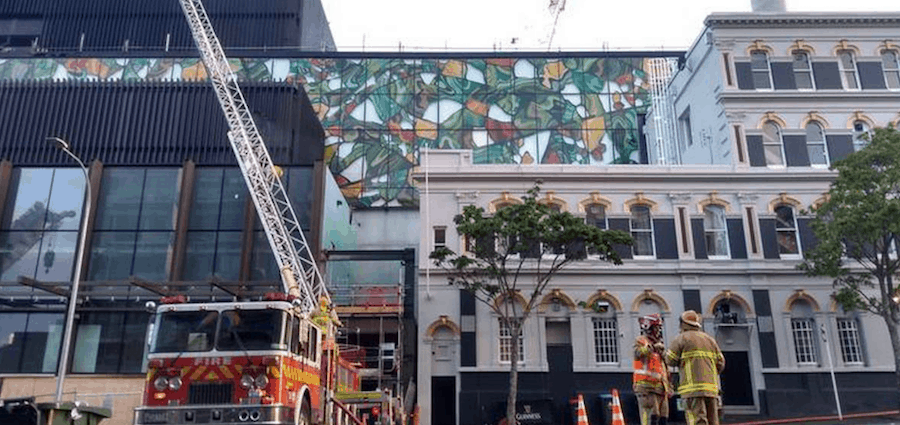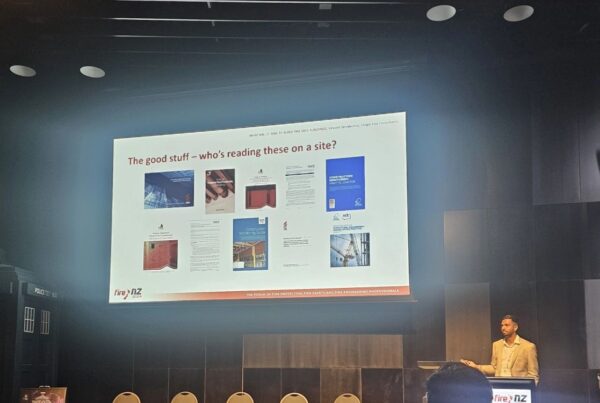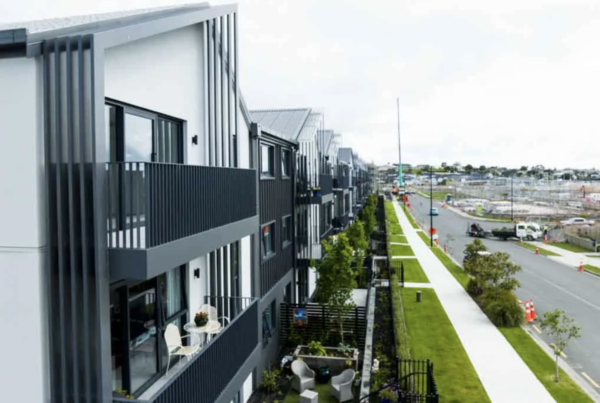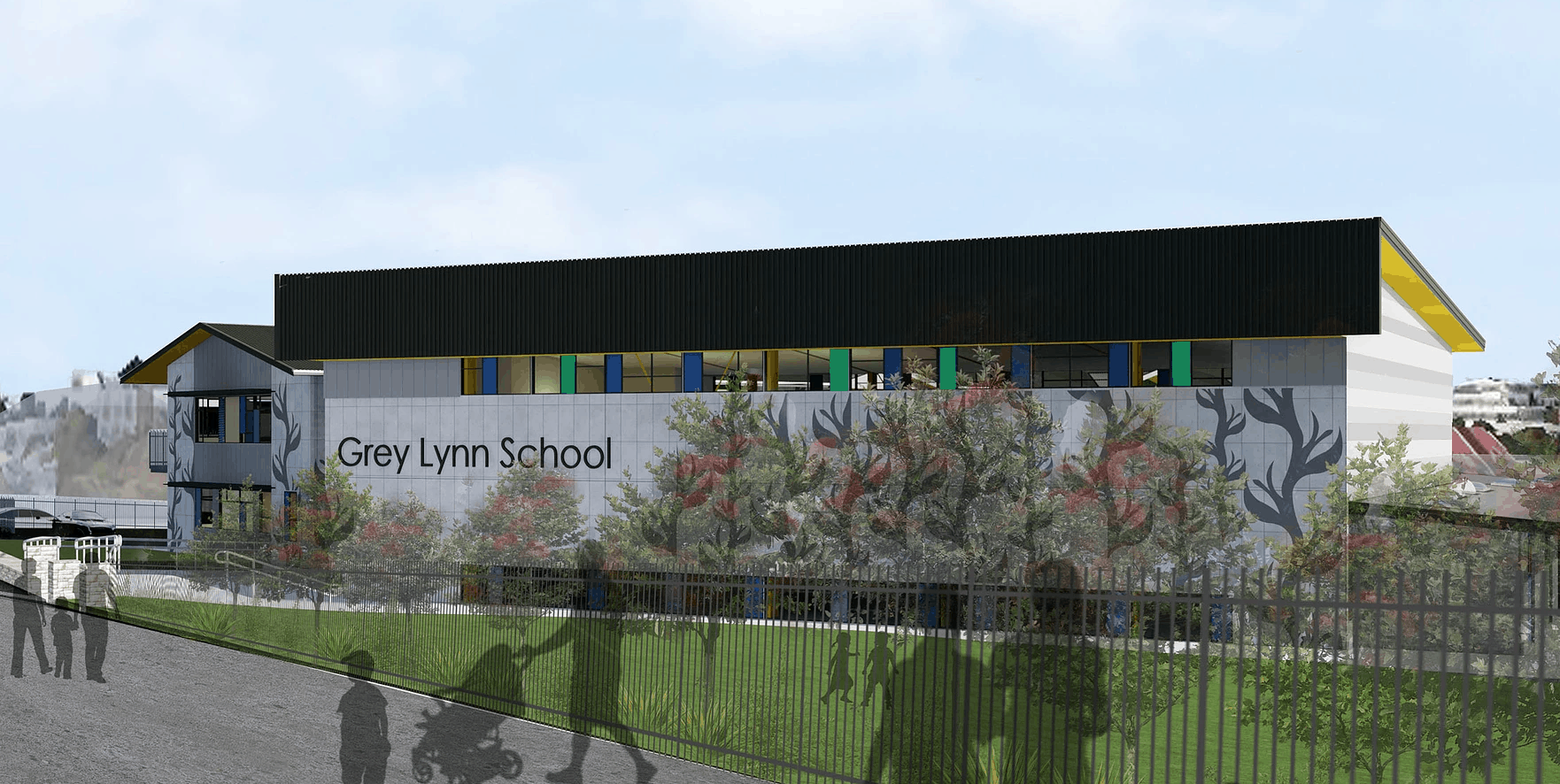Fire Safety even more so at the forefront of focus for 2020
In 2019 fire safety came to feature more prominently for a number of players in the design and construction sectors and Michael James expects this safety focus to carry even more weight in 2020, whether it’s around the alteration and refurbishment of existing buildings or the design and construction of new buildings.
In 2019 this safety focus was fuelled by the continuing Grenfell Tower conversations and the blazing roof of the SkyCity International Convention Centre which cast a pall of thick black smoke over Auckland for a number of days. Fire and Emergency NZ (FENZ) have announced its commissioning of a review into its handling of the central Auckland fire but publicly questions remain about how it started, how it got so out of control and why it took so long to put out.
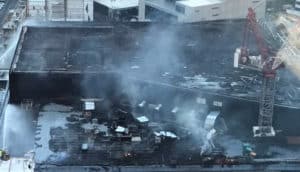 With regard the SkyCity International Convention Centre fire BRANZ, in its November 2019 issue of Guideline, notes that investigations into the cause(s) of the SkyCity Convention Centre fire will take time to complete. BRANZ does however suggest that this significant fire reinforces the need to take great care on construction sites with any work that could lead to a fire.
With regard the SkyCity International Convention Centre fire BRANZ, in its November 2019 issue of Guideline, notes that investigations into the cause(s) of the SkyCity Convention Centre fire will take time to complete. BRANZ does however suggest that this significant fire reinforces the need to take great care on construction sites with any work that could lead to a fire.
It also notes that NZS 4781:1973 Code of practice for safety in welding and cutting provides guidance for hot work performed outside of a workshop, including gas cutting, torch welding and naked flames etc. This standard requires a hot work permit to be issued when carrying out this type of work and which is also a requirement of many insurance companies.
What this fire, along with most other major fire events shows us is that fire safety considerations are apparent throughout the planning, design and construction process of all building types be they commercial, industrial, educational or residential.
Furthermore, fire safety is not solely the domain of the fire engineer, it spills over into the responsibilities of other design professionals, project managers, builders, contractors subcontractors right down to individual people’s actions. To be successful at managing fire safety risks requires a collaborative approach with all people involved.
Fire safety engineers are expected to know the theory and practice of fire safety engineering, be experienced in fire testing, understand fire protection, passive fire protection, emergency lighting and exits etc. They need to be fully cognisant of fire safety standards and building codes and use evidence based judgements to advise on all aspects of fire resistance and reaction to fire for the construction industry.
Throughout 2019 it started to become increasingly evident that fire safety is no longer simply a box to be ticked, that fire safety requires much greater consideration and assessment up front. Michael James says clients and the consultants with whom Origin works are talking about fire safety much earlier in the planning and design conversations, he observes safety coming into conversations much earlier. It is imperative he says that fire engineers are part of these discussions from the outset.
What we do: the areas of fire safety in which Origin provides expertise
- Building code compliance checks
- Specific fire engineering and fire protection design and solutions
- Passive and active fire protection measures, the design and specification of these.
- Fire safety reviews and recommendations for upgrades
- Emergency lighting, escape and fire evacuation plans
- Fire safety advisory services, including reviews of fire engineered solutions
